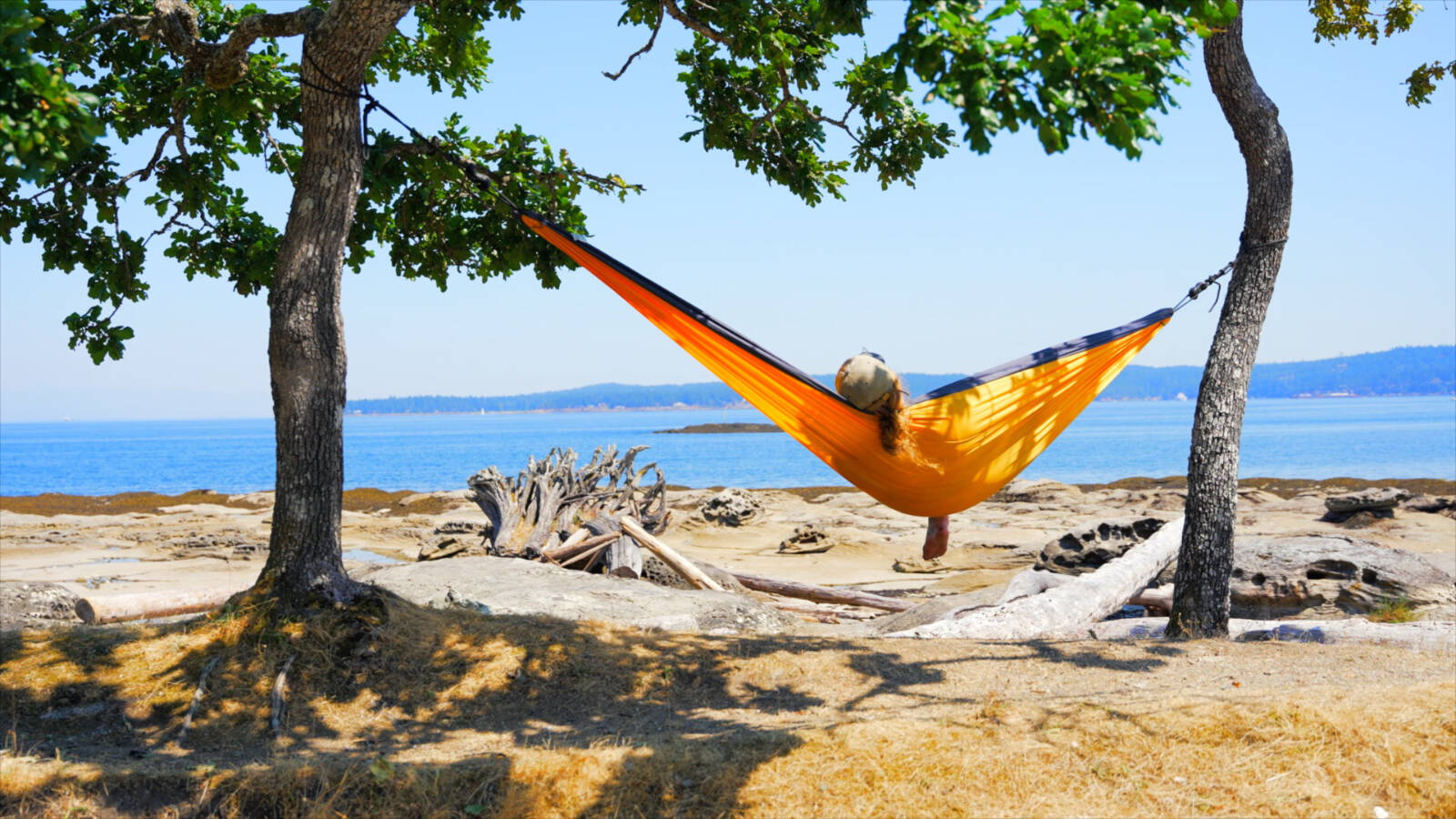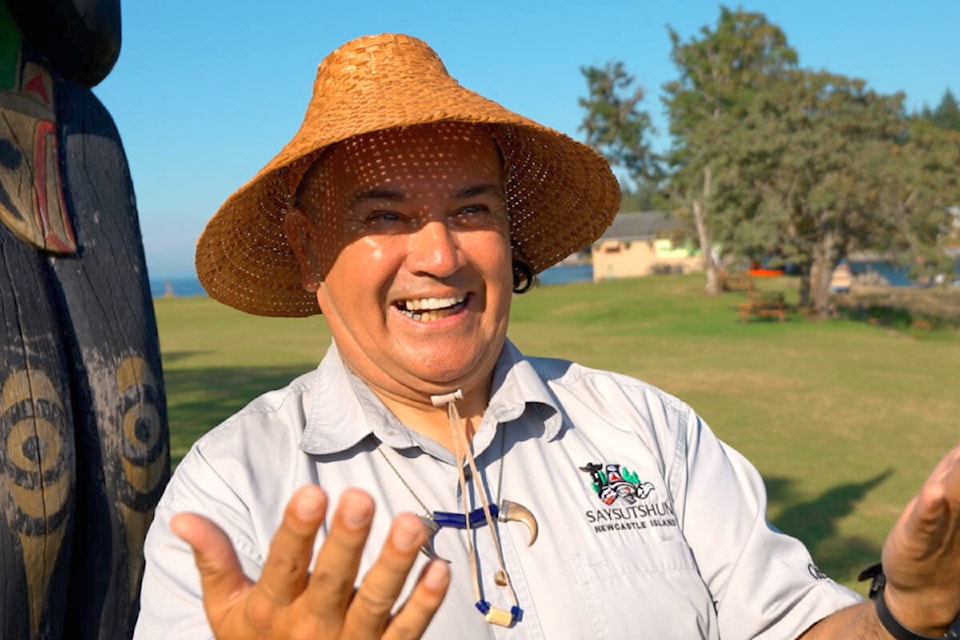For the Snuneymuxw, there is a living spirit in all things, and they are all interconnected. As the people who care for the island they call Saysutshun, they welcome you. Whether you have been here often or have come for the first time, with each stay, you will gain a deeper knowledge of the way they see the world.
Although Saysutshun lies just offshore from the heart of downtown Nanaimo, its natural spirit is strong. Never logged, within minutes of stepping off the ferry that brings most people here, you are deep into an old growth forest. Soon, the city and traffic are behind you, forgotten: you have stepped onto a remote Gulf Islands beach, looking across the Salish Sea, watched over only by eagles and herons.
Yet Saysutshun has held the stories of many people over the years, as you will learn touring on your own or while on a guided walking tour. With the discovery of coal in the 1850s, the Hudson’s Bay Company brought in miners from Britain who named the island for their coal-mining hometown of Newcastle. Hundreds of feet down, they worked seams stretching out for miles beneath the ocean.
Later, the island sandstone was quarried for buildings near and far and used for pulp-grinding stones in mills throughout the west coast. Until their displacement and internment in the Second World War, Japanese fishermen caught and salted tons of herring to be shipped back across the Pacific. Yet all these industries are now gone, and the interconnectedness of nature is showing itself again. Slowly, the scars and ruins are covered in layers of green.

As the resource industries faded, visitors came for the beauty of the setting. In the ’30s, the CPR steamships would bring people from Vancouver for day trips ($1.50 roundtrip), a light meal in the teahouse, and perhaps a dance in the pavilion. Built in 1931 and barely changed since, it’s not hard to imagine the sound of the big bands as the dancers swirled across the hardwood floor.
Thousands came to escape – for a little while – the darkest days of the Great Depression.
Today, many people visit Saysutshun for what isn’t here. There are no cars, so parking is never a problem. Children can be let loose without fear of traffic or escape: they can’t leave without a boat. There is no Wi-Fi, and even though bikes are welcome and available to rent, e-bikes are not welcome on the trails. The Snuneymuxw caretakers ensure that everything is done in a way that honours and respects the spirit of every living thing that calls Saysutshun home.
So leave your wired and hurried world behind. Immerse yourself in the untouched coastal forest or join a Snuneymuxw guide for a deeper dive into the stories and traditions of their people. Take the time to find a deeper connection with the natural spirit alive in all things, and through that, make a stronger connection with yourself.
For more information, including how to get there and where to stay, please visit saysutshun.ca
